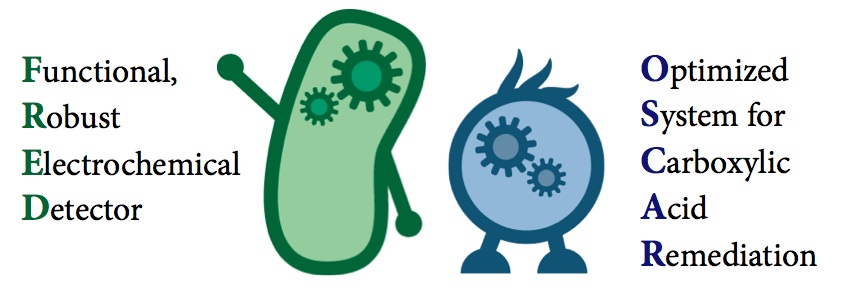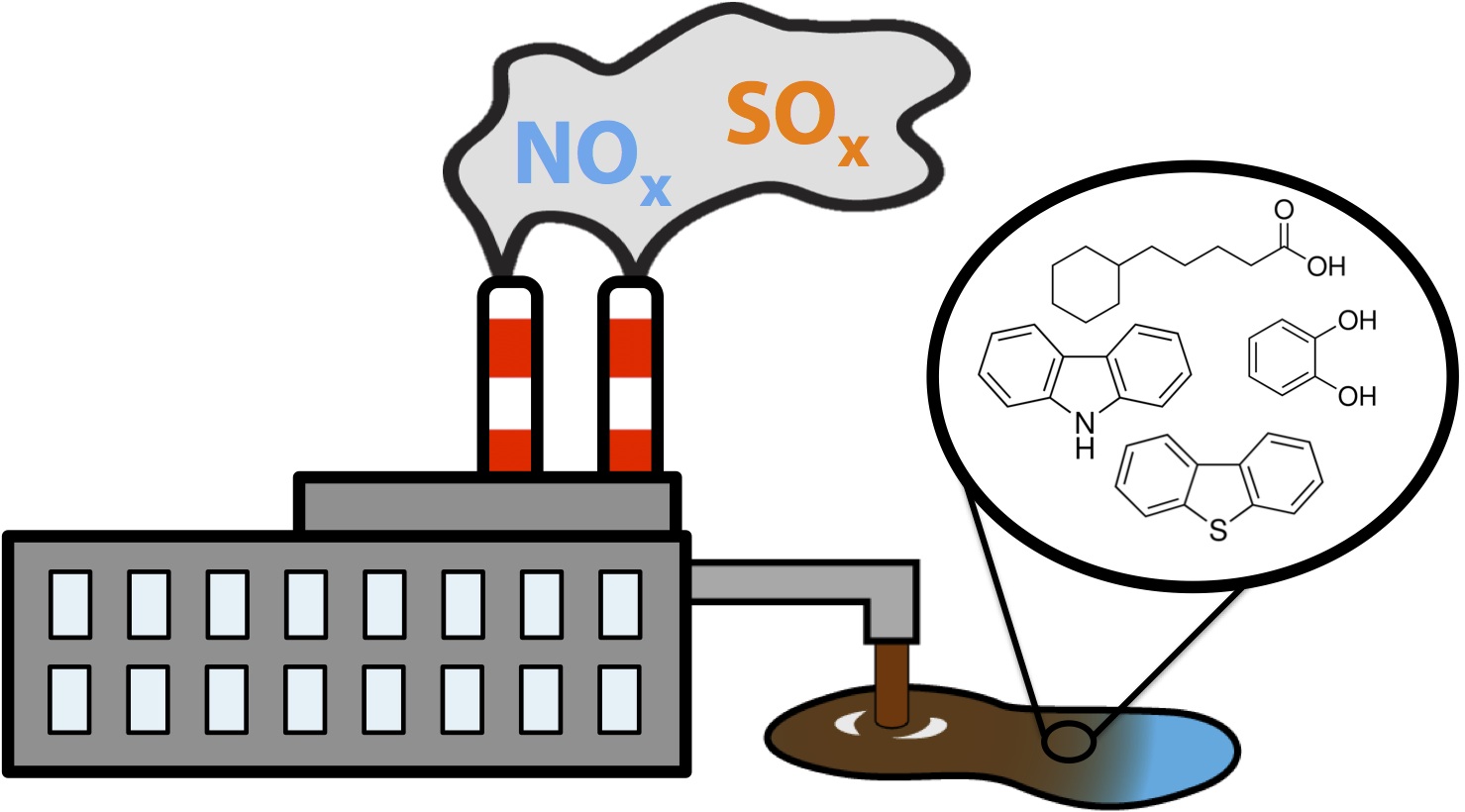Team:Calgary/Project
From 2012.igem.org
Emily Hicks (Talk | contribs) |
Emily Hicks (Talk | contribs) |
||
| Line 66: | Line 66: | ||
<h2>Learn More About FRED and OSCAR</h2> | <h2>Learn More About FRED and OSCAR</h2> | ||
| - | <p>To learn more about our team see the <a href="https://2012.igem.org/Team:Calgary/Project/DataPage">data page</a>, or the <a href="https://2012.igem.org/Team:Calgary/Project/FRED">FRED</a> and <a href="https://2012.igem.org/Team:Calgary/Project/OSCAR">OSCAR</a> overview pages.</p> | + | <p>To learn more about our team see the <a href="https://2012.igem.org/Team:Calgary/Project/DataPage">data page</a>, or the <a href="https://2012.igem.org/Team:Calgary/Project/FRED">FRED</a> and <a href="https://2012.igem.org/Team:Calgary/Project/OSCAR">OSCAR</a> overview pages below.</p> |
<a href="https://2012.igem.org/Team:Calgary/Project/FRED"><div class="imgbox" id="fredbox"> | <a href="https://2012.igem.org/Team:Calgary/Project/FRED"><div class="imgbox" id="fredbox"> | ||
Revision as of 03:49, 4 October 2012


Hello! iGEM Calgary's wiki functions best with Javascript enabled, especially for mobile devices. We recommend that you enable Javascript on your device for the best wiki-viewing experience. Thanks!
Project Overview
Toxins In Our Environment
During petroleum extraction and refinement processes, many toxic compounds are produced. These have become a huge problem in our society resulting in land, water, and air contamination. These toxins consist of a variety of different types of compounds. Air contaminants consist of NOx (nitrogen containing compounds) and SOx (sulfur containing compounds) which contribute to a variety of environmental issues including green house gas accumulation and acid rain (Schneider, 2006; Environmental protection agency, 1999). Similarly, water contaminants often consist of complex mixtures of compounds including highly toxic phenols and aromatic compounds, corrosive and additionally toxic carboxylic acid containing compounds as well as sulfur and nitrogen-containing compounds. These often have complex structures and cause acute toxicity to wild life. Classical examples of water contamination include tailings ponds produced from the oil extraction process. These are large bodies of water where contaminated water is left to settle for long periods of time. Finally, land areas can become contaminated as a result of these toxic compounds leaching into ground water sources, through spills or through the accidental release of waste products into the environment.
Synthetic Biology As A Platform For Remediation
The removal of these compounds is becoming a more and more pressing issue, especially as government bodies start to become more proactive, implementing stricter regulation. Presently, there are a variety of solutions to remove these compounds from the environment using chemical means. These methods involve the use of chemical agents or the physical removal of contaminated soil or water samples and storing these products in contained areas (Scott et al. 2005). There is still however, no efficient, environmentally friendly mechanism for this to occur. The real question is,
What do we need in order to better remediate these toxins from the environment?
We require a method to be able to easily and economically detect where these toxins are and then look to remediating them. Interestingly, microorganisms in the environment have evolved to be able to do both of these functions, responding to compounds in their environment and transforming them into food or other products. Harnessing these natural mechanisms through an engineered synthetic biology could thus be a viable option.
What if we could detect toxins in our environment using a synthetically engineered organism? What if we could use a second organism to take these compounds and not only degrade them but convert them into useful compounds like hydrocarbons!
Introducing...

We would like to introduce FRED and OSCAR! Our dynamic biosensor/bioreactor duo designed to be able to detect toxic compounds such as the ones illustrated above in liquid waste and contaminated waters and also be able to convert these toxic components into useable hydrocarbons. FRED or our Functional Robust Electrochemical Detector, is capable of detecting various toxic components simultaneously through an electrochemical response. We illustrated how this sensor could work by showing that it has the potential to detect multiple toxins in contaminated water. Additionally, we developed a minaturized circuit for a prototype, validated that this device worked in the wetlab, and designed our own software available to everyone to be used with a home made potentiostat.
OSCAR or our Optimized System for Carboxylic Acid Remediation is designed specifically to target toxins such as naphthenic acids, carboxylic acid-containing compounds, and catechol. Using the PetroBrick (BBa_K590025) we were able to convert various naphthenic acid based compounds into their hydrocarbon analogs. Additionally, we wanted to be able to degrade other toxic components of tailings so we used the xylE gene (BBa_J33204) in order to cleave catechol, an abundant intermediate in many toxic areas. Not only did we set out to break down catechol, but we attempted to see if we could further reduce the toxicity of the catechol breakdown product through use of the PetroBrick. When we co-culture these genetic circuits we can selectively produce new compounds from catechol compared to with xylE alone, suggesting that the Petrobrick may be used to create new hydrocarbon based compounds!
Taking A Step Back - Human Practices Inspired Our Project!

Before starting our project, the Calgary iGEM team felt it would be important to answer a few questions about how FRED and OSCAR could be applied into the oil and gas sector.
Would oilsands industry be interested in a biosensor and bioreactor for remediation purposes? Yes! In fact, our meeting with the Oilsands Leadership Initiative (OSLI) has led us to believe that industry is interested in potentially using synthetic biology for remediation of toxins.
What would people think about using synthetic biology in the oilsands? Do they have any concerns about its implementation? We went to talk to two professionals related to biotechnology and ecological development in Alberta. Both of them made it clear that while the concept sounds great its important that we keep in mind the safety and ethics of our project.
in the oilsands? Do they have any concerns about its implementation? We went to talk to two professionals related to biotechnology and ecological development in Alberta. Both of them made it clear that while the concept sounds great its important that we keep in mind the safety and ethics of our project.
How can OSCAR and FRED be designed with safety in mind? From our various conversations our team looked towards both physical  and genetic design considerations to ensure that both FRED and OSCAR were designed form the beginning in a safe and functional way. This involved developing biosensor and bioreactor containment devices as well as kill switch.
and genetic design considerations to ensure that both FRED and OSCAR were designed form the beginning in a safe and functional way. This involved developing biosensor and bioreactor containment devices as well as kill switch.
How can we teach people more about FRED, OSCAR, and Synthetic Biology? From our interviews it was clear that not many people knew much about synthetic biology or its applications in the oil and gas sector. For this we partnered with the Telus Spark Centre, the local Science Centre in Calgary to help communicate synthetic biology to them. We also developed a video game that we took to the centre and better educated adults and kids on synthetic biology!
Learn More About FRED and OSCAR
To learn more about our team see the data page, or the FRED and OSCAR overview pages below.


 "
"
